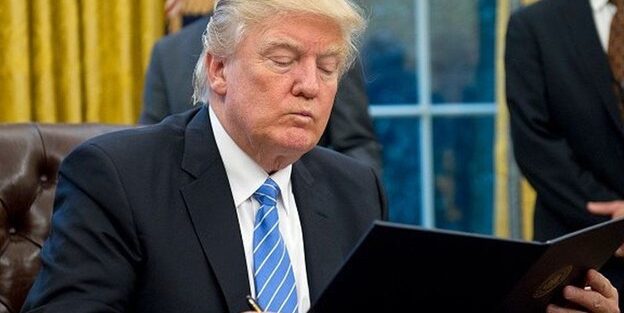A second Trump administration could introduce substantial changes to global trade policy, signaling a revival of the assertive and transactional strategies from Donald Trump’s first term.
UBS strategists suggest that this could involve aggressive tariff actions, particularly aimed at countries with significant trade imbalances with the U.S., such as China. The focus would likely target sectors deemed critical to national security and economic interests.
UBS outlines three potential tariff scenarios under a second Trump presidency. The first, a universal tariff strategy with a 25% probability, envisions blanket tariffs on all U.S. imports, potentially imposing a 60% rate on Chinese goods and 10–20% on imports from other nations.
While this approach could generate revenue to offset tax cuts through Congressional reconciliation, UBS highlights substantial political and logistical hurdles. Universal tariffs could inflict severe economic damage on both the U.S. and global economies and provoke retaliatory measures, escalating into a broader trade conflict.
“President Trump may prefer pursuing universal tariffs through Congress, although he has not explicitly endorsed this path,” UBS strategists noted. “However, Congress is unlikely to support such measures.”
Alternatively, the administration could attempt to enact universal tariffs through executive authority, but UBS emphasizes the lack of legal precedent and the potential for significant legal challenges.
The most probable scenario, with a 65% likelihood, involves selective tariffs. This approach would focus on specific goods or industries, leveraging existing trade laws and executive authority to impose targeted measures.
UBS anticipates that selective tariffs under a second Trump administration would likely revisit key aspects of the 2020 Phase 1 trade deal with China while addressing ongoing disputes with the EU and Mexico.
The bank identifies three factors that could help mitigate the impact of selective tariffs on Asia: China’s fiscal and monetary policy responses, stronger intra-regional trade within Asia, and the increasing market share of U.S. exports in the region.
A third scenario, involving a negotiated deal to avoid tariffs altogether, is considered unlikely, with UBS assigning it just a 10% probability.
UBS also notes the potential inflationary effects of tariffs under a second Trump presidency. Universal tariffs could drive short-term price increases, with a 10% tariff on all imports potentially raising U.S. price levels by as much as 1.7%, particularly if corporate profit-led inflation exacerbates the impact.
In contrast, selective tariffs are expected to have a more contained effect on inflation and economic activity. By targeting specific goods or sectors, this approach would allow for trade adjustments to reduce disruptions.
“While tariffs may lead to reduced bilateral trade between the U.S. and its partners, the actual rebalancing of global trade or significant reshoring of economic activity to the U.S. would likely remain minimal,” UBS noted in its report.





